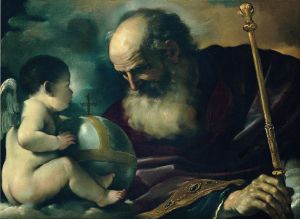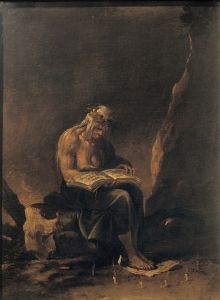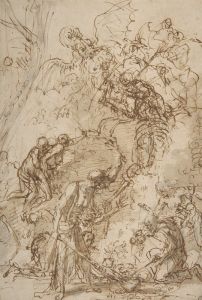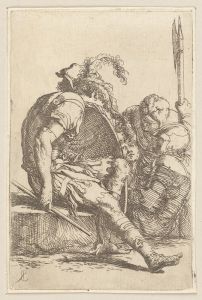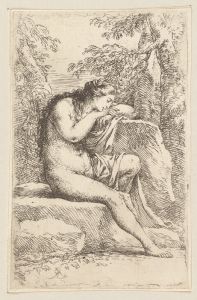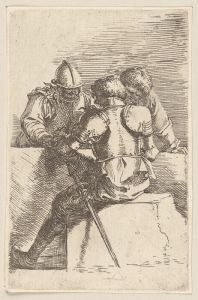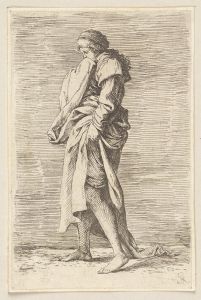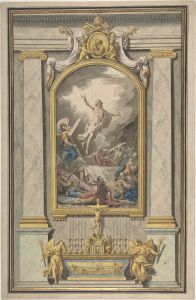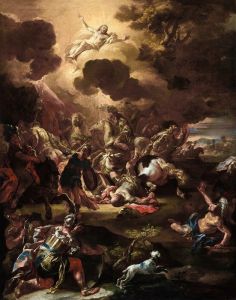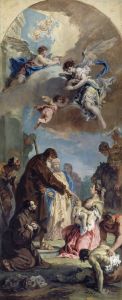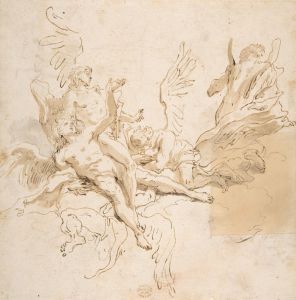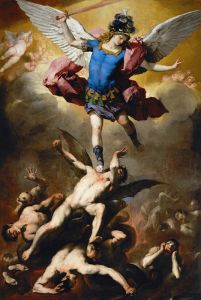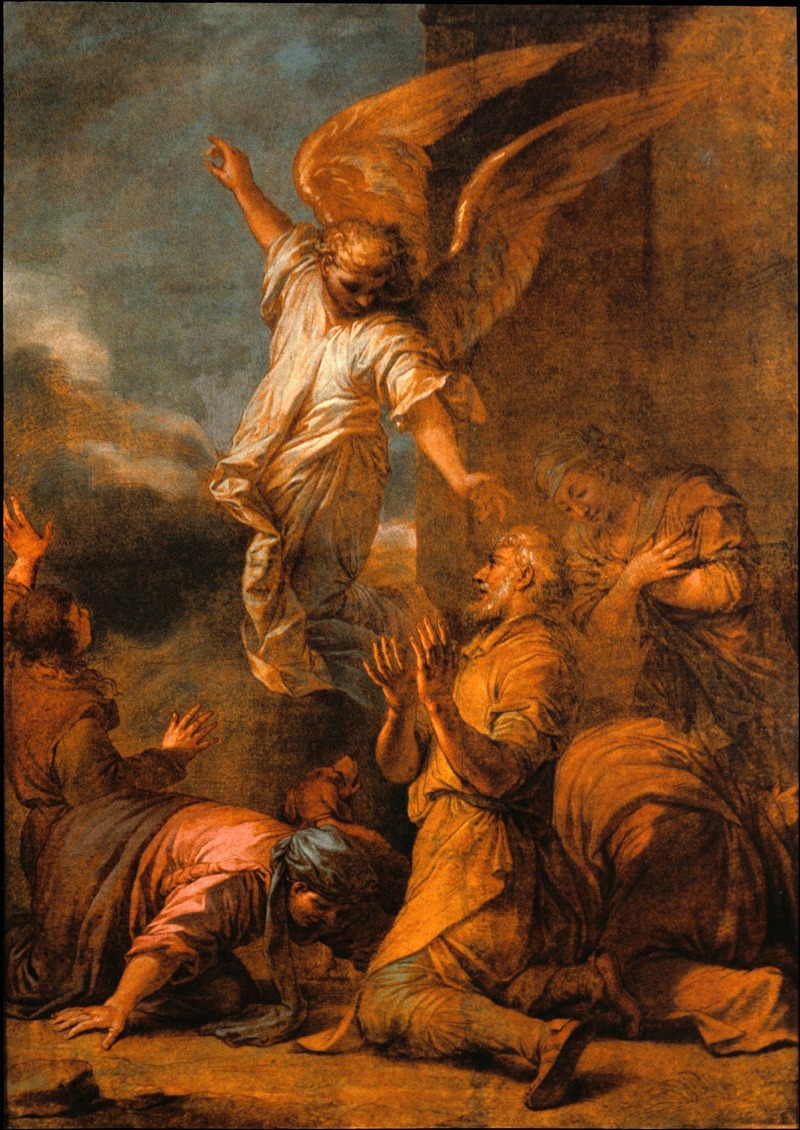
The Angel Leaving the House of Tobias
A hand-painted replica of Salvator Rosa’s masterpiece The Angel Leaving the House of Tobias, meticulously crafted by professional artists to capture the true essence of the original. Each piece is created with museum-quality canvas and rare mineral pigments, carefully painted by experienced artists with delicate brushstrokes and rich, layered colors to perfectly recreate the texture of the original artwork. Unlike machine-printed reproductions, this hand-painted version brings the painting to life, infused with the artist’s emotions and skill in every stroke. Whether for personal collection or home decoration, it instantly elevates the artistic atmosphere of any space.
"The Angel Leaving the House of Tobias" is a painting by the Italian Baroque artist Salvator Rosa, created in the mid-17th century. Salvator Rosa (1615-1673) was known for his dramatic and often unconventional works, which spanned various genres including landscapes, portraits, and historical scenes. He was also a poet, actor, and musician, making him a versatile figure in the Baroque art movement.
This particular painting depicts a scene from the biblical Book of Tobit, which is part of the Apocrypha in the Christian Old Testament. The story revolves around Tobit, a righteous Israelite of the tribe of Naphtali, who becomes blind and sends his son Tobias on a journey to retrieve money he had deposited in a distant land. Tobias is accompanied by the Archangel Raphael, who guides and protects him throughout his journey.
In "The Angel Leaving the House of Tobias," Rosa captures the moment when Raphael, having completed his mission, departs from Tobias and his family. The composition is marked by its dramatic use of light and shadow, a characteristic feature of Rosa's work. The angel is often depicted with a serene and majestic presence, contrasting with the more humble and emotional figures of Tobias and his family.
Rosa's use of chiaroscuro (the treatment of light and shadow) enhances the emotional intensity of the scene. The light typically emanates from the angel, symbolizing divine intervention and guidance, while the surrounding darkness underscores the human plight and the miraculous nature of the angel's presence. This technique not only highlights the central figures but also adds a sense of depth and realism to the painting.
The painting reflects Rosa's interest in combining dramatic narrative with a keen observation of human emotion. His ability to convey complex stories through expressive faces and dynamic compositions made him a distinctive voice in the Baroque period. "The Angel Leaving the House of Tobias" is a testament to his skill in blending religious themes with a personal, almost theatrical, approach to storytelling.
Salvator Rosa's works, including this painting, were influential in the development of Baroque art. His style, characterized by its boldness and emotional intensity, set him apart from many of his contemporaries. Rosa's paintings often contained elements of the sublime and the picturesque, which would later influence Romantic artists in the 18th and 19th centuries.
"The Angel Leaving the House of Tobias" remains an important example of Rosa's oeuvre, showcasing his mastery of both technical skill and narrative depth. The painting is held in high regard not only for its artistic merit but also for its ability to convey a powerful story through the medium of paint. Rosa's work continues to be studied and admired for its contribution to the rich tapestry of Baroque art.





